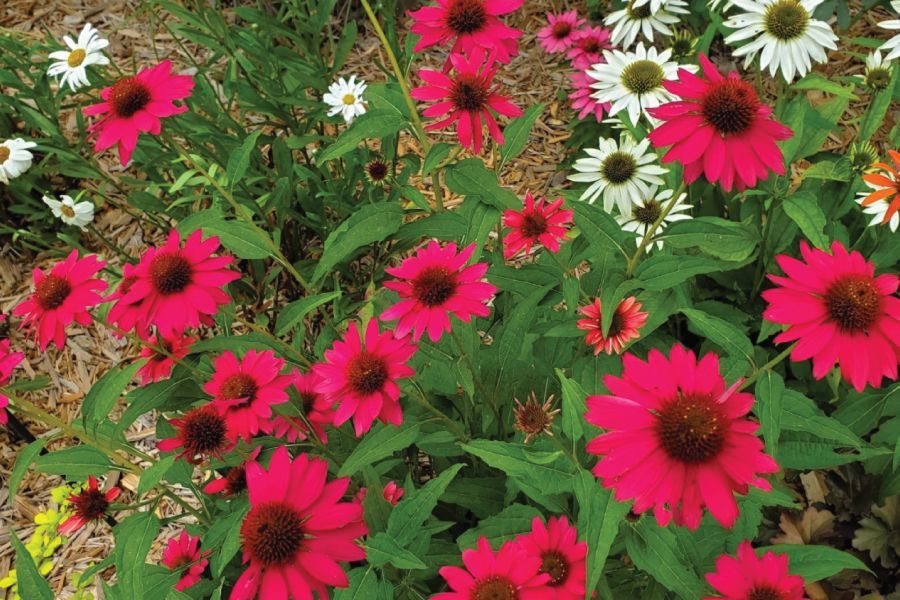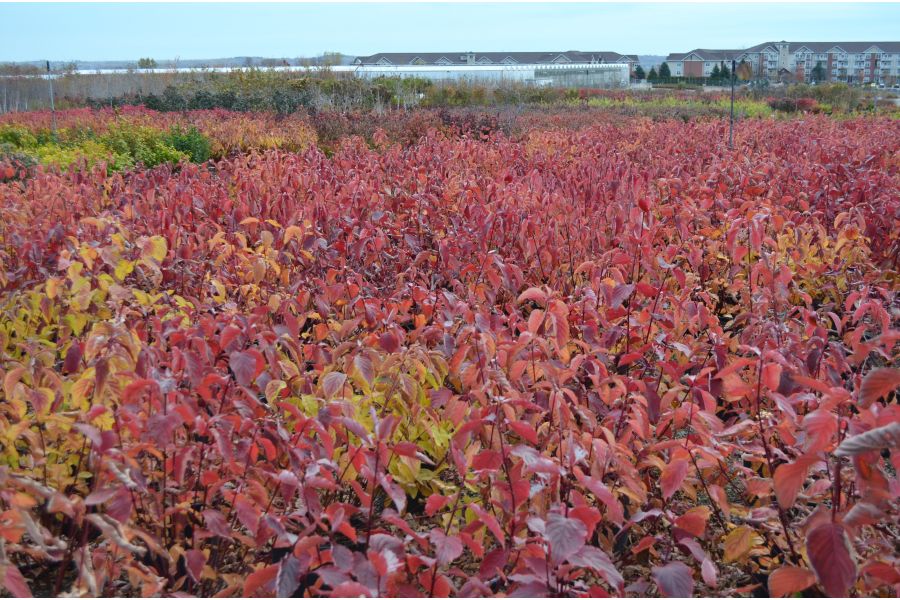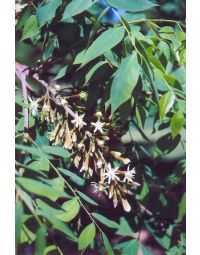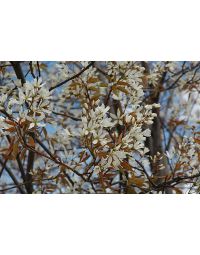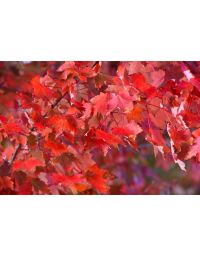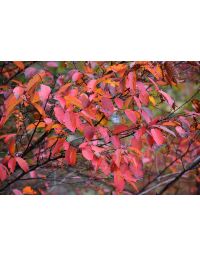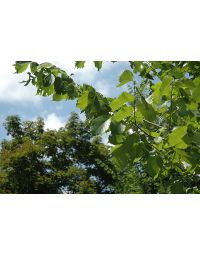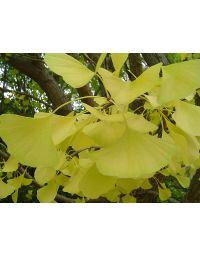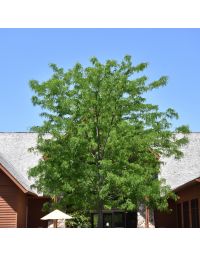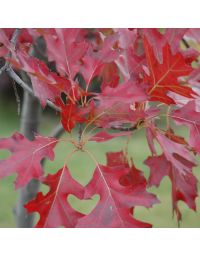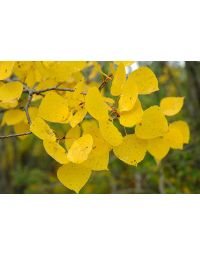Top Ten Trees for Minnesota
Sean has been with Gertens for 3 years in our nursery department (1 sales, 2 management). He holds a degree in Environmental Design from the U of M and completed the first year of the Master of Landscape Architecture. Sean developed a life-long interest in plants from a childhood filled with adventures in nature and a father who at one point in time was a wildlife survival trainer for the Air Force.
Note: Click on the links for pictures and much more information.
Recommendations:
Kentucky Coffeetree (Gymnocladus dioicus): a tough, adaptable native tree with course, stout branches and deeply furrowed bark. The large, dark green leaves turn golden yellow in fall. A perfect tree for a southern or western exposure, as its course nature lets in plenty of winter sun to warm the house.
Autumn Brilliance Serviceberry (Amelancher x grandiflora 'Autumn Brilliance'): this is a small tree that is good for foundation planting and screening. It has a white flower in spring, good fall color and is also a native.
Autumn Radiance Red Maple (Acer rubrum 'Autumn Radiance'): this red maple has good structure, long lasting red fall color and is not an Autumn Blaze (which I think have been over planted).
Blue Beech (Carpinus caroliniana): this native is good in clay and wet soils. The bark has a bluish tint. It offers great fall color.
Elm (Ulmus americana spp.): any American elm is a good choice, fast growing, good shade tree, amazing vase shape. 'Jefferson' and 'Valley Forge' are both very hardy and well suited for urban areas.
First Editions Pink Flair Flowering Cherry (Prunus sargentii): it offers profuse pink flowers in spring and good fall color. There is little to no fruit produced.
Ginkgo (Ginko biloba spp): Cool branching structure, good yellow fall color, is disease and pest resistant--especially to Japanese beetles.
Honeylocust (Gleditsia traicanthos spp.): hardy and adaptable, honeylocust can be used in many different environments, provides good shade but allows dappled light through.
Northern Pin Oak: native, good red fall color, hardy, good resistance to a number of stressors.
Pagoda Dogwood: has a unique shape/form, good for understory and other shady spots, likes morning sun, hates afternoon sun.
And for a bonus:
Aspen (Populus tremuloides): native, fast-growing pioneer species, perfect for naturalizing an area or along a property line--not a good option for the middle of the yard. It reproduces primarily via root sprouts, so suckering is an issue to be aware of, it also means that Aspens are the some of the oldest and largest living organisms. Brilliant fall color, and the wind blowing through the leaves makes them tremble and produce a calming sound.


